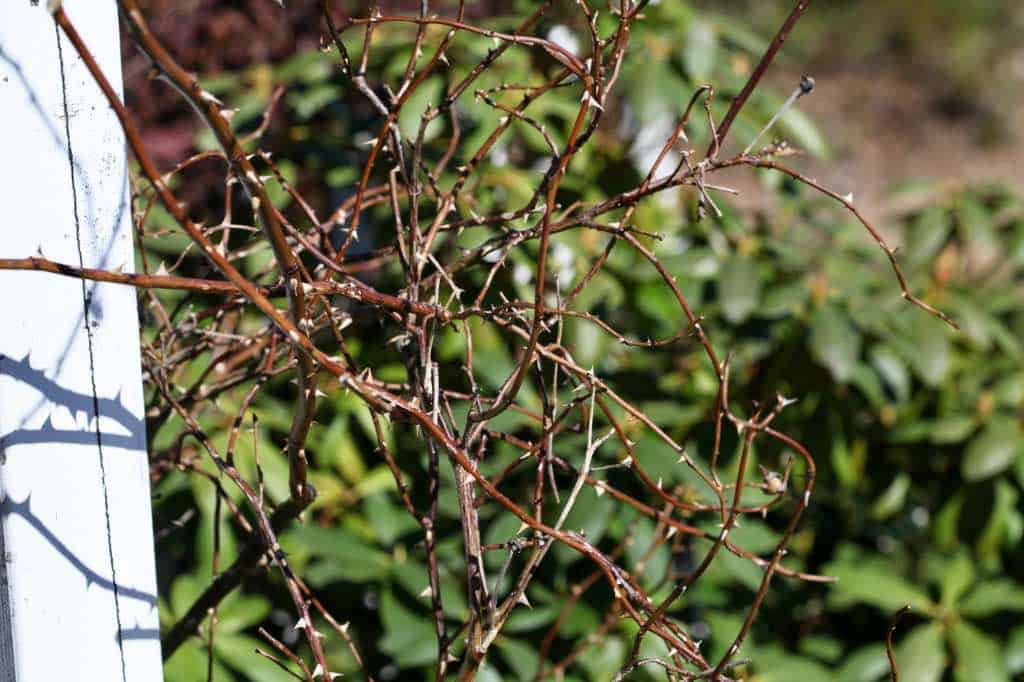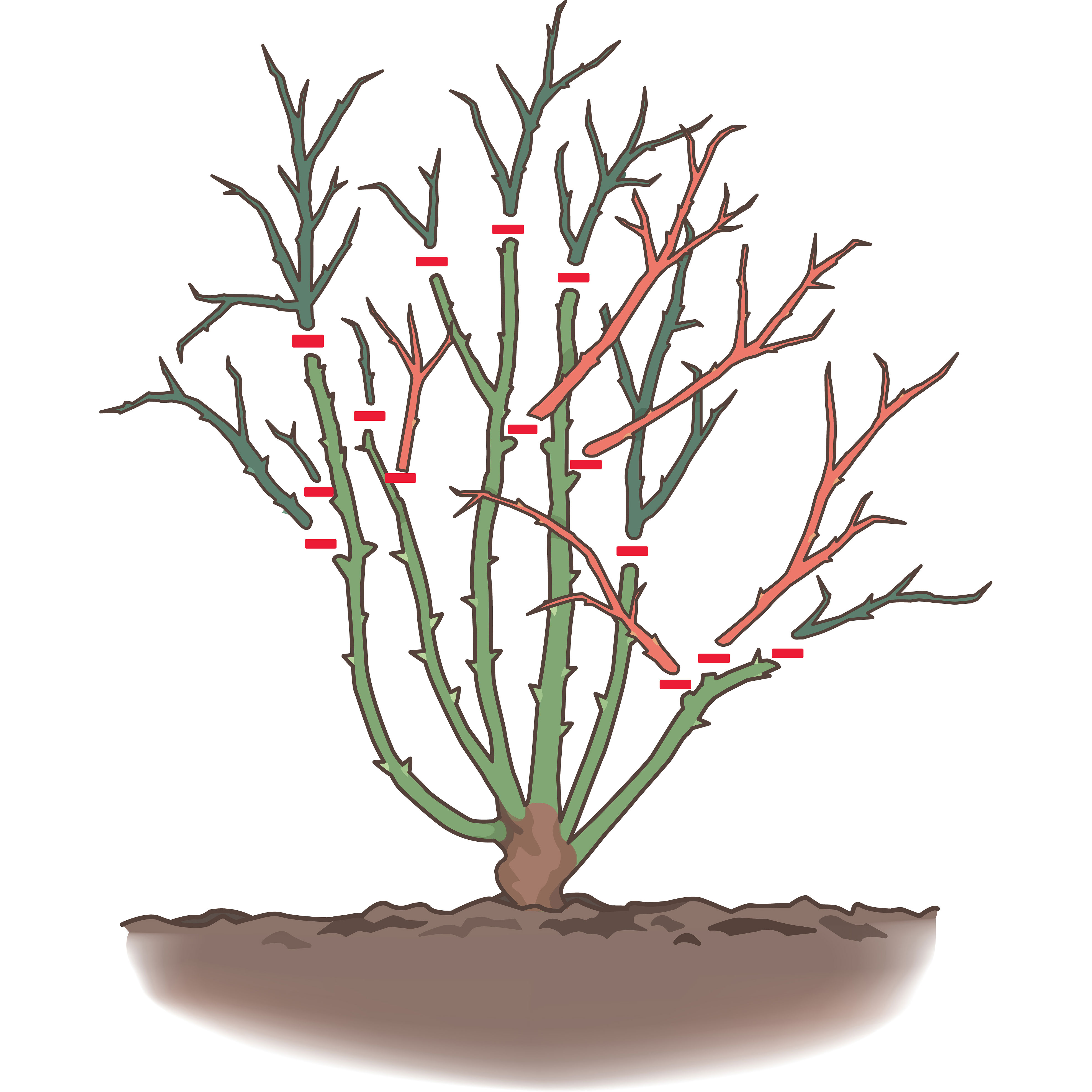Why Pruning is Essential for Healthy Climbing Roses
Pruning is a vital step in the care of climbing rose bushes, as it directly impacts their overall health, blooming frequency, and aesthetic appeal. By learning how to prune a climbing rose bush effectively, you can promote healthy growth, encourage blooming, and maintain a desired shape and size. Neglecting to prune can lead to a range of issues, including reduced flower production, increased disease susceptibility, and an unkempt appearance. In this article, we’ll delve into the specifics of pruning climbing rose bushes, providing you with a comprehensive guide on how to prune a climbing rose bush to achieve optimal results.
Preparing for Pruning: Gathering the Right Tools and Knowledge
Before diving into the process of how to prune a climbing rose bush, it’s essential to gather the necessary tools and equipment. Pruning shears, loppers, and gloves are must-haves for any climbing rose bush pruning task. Pruning shears are ideal for cutting smaller stems, while loppers are better suited for thicker branches. Gloves will protect your hands from thorns and scratches. In addition to the right tools, it’s crucial to identify the right time to prune. For most climbing rose bushes, the best time to prune is during the dormant season, typically in late winter or early spring. This allows the plant to focus its energy on producing new growth and blooms. When approaching the task, start by inspecting the plant, identifying areas that require pruning, and making a mental note of the cuts you need to make. By being prepared and knowledgeable, you’ll be able to prune your climbing rose bush with confidence and achieve optimal results.
Identifying and Removing Dead, Diseased, or Damaged Wood
When learning how to prune a climbing rose bush, it’s essential to identify and remove dead, diseased, or damaged wood to promote healthy growth and prevent the spread of disease. Start by inspecting the plant, looking for signs of disease or damage, such as black spots, cankers, or brittle stems. Make a mental note of the affected areas and prioritize their removal. When cutting, make clean cuts at a 45-degree angle, about 1/4 inch above a bud eye or a lateral branch. This will help the plant heal quickly and reduce the risk of further damage. Remove any weak or spindly growth, as well as any branches that are crossing or rubbing against each other. By removing dead, diseased, or damaged wood, you’ll be able to improve air circulation, reduce disease risk, and promote healthy growth and blooming.
Shaping and Training Climbing Roses for Optimal Growth
When learning how to prune a climbing rose bush, it’s essential to understand the importance of shaping and training the plant to promote healthy growth and encourage blooming. Pruning for air circulation is crucial, as it allows for better airflow and reduces the risk of disease. To achieve this, prune stems that are growing inward or crossing over each other, and thin out the center of the plant to allow for more air to circulate. Additionally, prune to promote sunlight penetration by removing any stems that are blocking sunlight from reaching the rest of the plant. Structural support is also vital, so prune to encourage the plant to grow upwards and outwards, using trellises or other supports to guide the stems. By shaping and training your climbing rose bush, you’ll be able to promote healthy growth, encourage blooming, and maintain a beautiful, thriving plant.
Pruning for Blooms: Encouraging Flower Production
When it comes to learning how to prune a climbing rose bush, pruning for blooming is a crucial step in encouraging flower production. To promote blooming, it’s essential to identify and prune flower-bearing stems, also known as lateral stems. These stems produce flowers, so it’s vital to prune them correctly to encourage repeat blooming. When pruning, look for stems that are around 6-8 inches long and have at least three sets of leaves. Cut these stems back to about 1/4 inch above a bud eye, making a clean cut at a 45-degree angle. This will encourage the stem to produce new growth and flowers. Additionally, prune any weak or spindly growth, as this can divert energy away from flower production. By pruning for blooming, you’ll be able to encourage your climbing rose bush to produce an abundance of beautiful flowers throughout the growing season.
Tips and Tricks for Pruning Specific Climbing Rose Varieties
When learning how to prune a climbing rose bush, it’s essential to understand the unique pruning needs of different climbing rose varieties. Ramblers, for example, require more aggressive pruning to control their vigorous growth and promote blooming. Climbing Hybrids, on the other hand, benefit from a more gentle pruning approach to encourage repeat blooming. Old Garden Roses, with their delicate stems and flowers, require a more precise pruning technique to avoid damaging the plant. Additionally, some climbing rose varieties, such as New Dawn and Zephirine Droughin, require pruning in the late winter or early spring to promote new growth and blooming. By understanding the specific pruning needs of your climbing rose variety, you’ll be able to tailor your pruning approach to promote healthy growth, encourage blooming, and maintain the overall shape and size of your plant.
Common Pruning Mistakes to Avoid
When learning how to prune a climbing rose bush, it’s essential to avoid common pruning mistakes that can harm the plant or hinder its growth. One of the most common mistakes is over-pruning, which can stress the plant and lead to disease or pest issues. Under-pruning, on the other hand, can result in a leggy, unproductive plant. Pruning at the wrong time, such as during the active growing season, can also cause damage to the plant. Additionally, failing to make clean cuts or not removing enough dead, diseased, or damaged wood can lead to further problems. To avoid these mistakes, it’s crucial to approach pruning with a clear understanding of the plant’s needs and to prune with precision and care. By avoiding these common mistakes, you’ll be able to prune your climbing rose bush with confidence and promote healthy growth and blooming.
Maintaining Your Climbing Rose Bush After Pruning
After learning how to prune a climbing rose bush, it’s essential to provide proper care to promote healthy growth and blooming. This includes providing necessary nutrients, such as a balanced fertilizer, to support the plant’s recovery from pruning. Adequate watering is also crucial, especially during the first growing season after pruning. Make sure to water deeply and regularly, but avoid overwatering, which can lead to root rot and other problems. Additionally, provide structural support, such as a trellis or arbor, to help the plant grow upright and promote blooming. Regularly inspect the plant for signs of disease or pests, and take action promptly if any issues arise. By following these care tips, you’ll be able to enjoy a thriving and blooming climbing rose bush for years to come.





